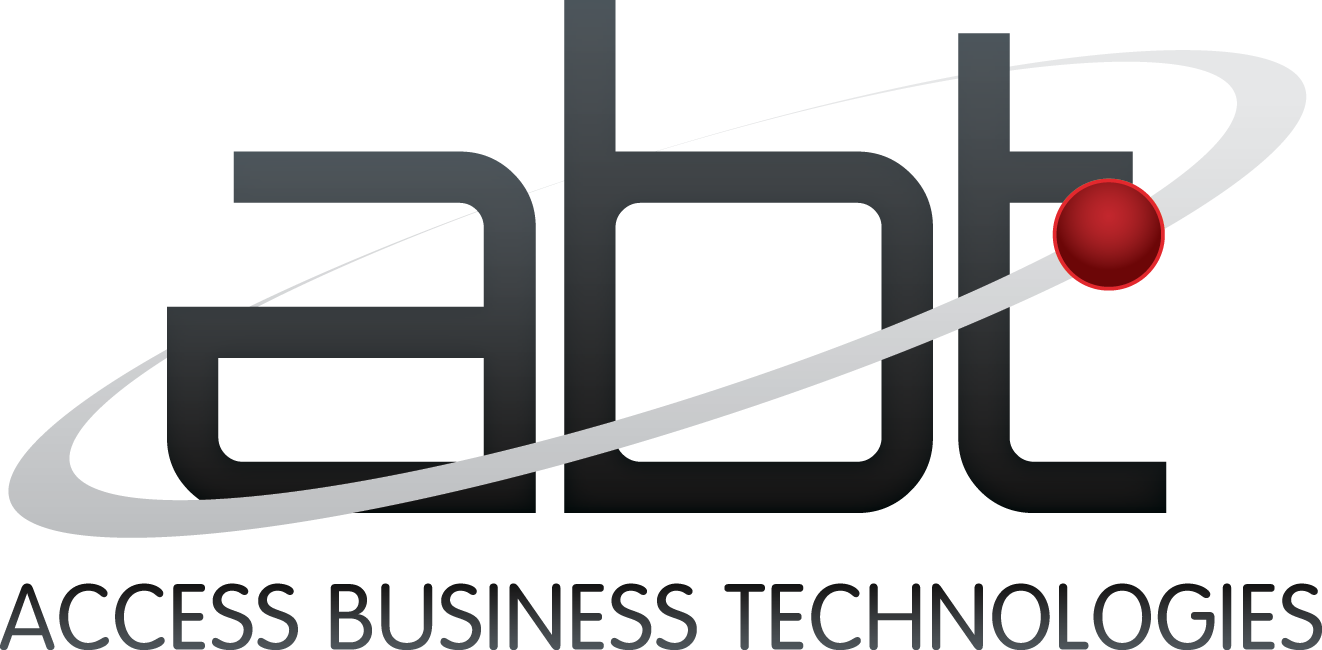 For mortgage companies, nothing is more important than verifying that a prospective buyer has the income to repay the loan. The IRS is probably the best source to verify income, and the agency has a form that mortgagors can file with the IRS to solicit income verification.
For mortgage companies, nothing is more important than verifying that a prospective buyer has the income to repay the loan. The IRS is probably the best source to verify income, and the agency has a form that mortgagors can file with the IRS to solicit income verification.
Here are five tips we’ve put together on the use of IRS Form 4506-T Borrower Income Verification.
Fannie Mae (FNMA) and Freddie Mac Guidelines
The mortgage giants issued guidelines that require lenders to use the 4506-T Borrower Income Verification form. You will see by the effective dates below that these rules have been in effect for some time.
Fannie Mae requires lenders to obtain the form both at application and at closing for all loan applications received after September 1, 2009. Lenders must use the forms to verify borrower-provided income documentation, which the lender relies on during the underwriting process. While the lender does not have to furnish the form to FNMA before closing, FNMA does require the forms as part of the post-closing quality control process.
Freddie Mac, on the other hand, requires all lenders who rely on borrower income during the underwriting process to obtain the 4506-T form on the application date and the Note date. The guidelines were effective for applications on and after February 1, 2010.
What is the Desktop Underwriter (DU)
Fannie Mae has developed what it calls its "Day 1 Certainty" representation-and-warranty relief program. This program allows lenders to obtain three types of reports. These include:
- Employment and income verification
- Form 4506-T transcript reports
- Asset reports
Vendors who want Fannie Mae to include them on the list of verification report vendors must provide the above three reports.
As of January 20, 2017, Fannie Mae has increased to 30 the number of vendors on its list of third-party companies approved as income verification vendors.
Blocks to Third-party 4506-T Requests
By mid-2015, it was clear that something was amiss with lender requests for 4506-T transcripts from the IRS. Due to internal policy changes, the IRS returned some 4506-T requests with the following rejection code notation: "Limitations."
Limitations: This code indicates red flags on the borrower's information. The flags may result from inaccuracies in the borrower's income, tax documentation, or the Social Security number used to qualify for the loan. Freddie Mac tells lenders to take these red flags as seriously as you would any fraud indicator. The "limitations" note is the IRS's way of combating fraud and keeping personal information secure from unauthorized access.
Other ways to comply: For borrowers qualifying on W-2 income only, not all financial institutions require a full IRS transcript, as long as they have confirmation of the W-2 income. (Note: Some financial institutions require the "limitations" notice retained in the file.) In other instances, a copy of the full 2014 filing must accompany the loan file.
Even if the IRS won't disclose the tax transcript to the lender, the borrower always has the right to request a copy of his transcript from the IRS, which will send the information to the individual. The individual must show proof that the transcript came from the IRS when he delivers the verifying information to his lender.
Retaining Copies of IRS Documents
Whether you obtain copies of the actual Form 1040s or transcripts of the filings, the information received from the IRS must remain as a permanent document in the quality control file.
How DocumentGuardian™ Can Help
With all the requirements for retaining mortgage applications and the verification documents required for government-backed mortgages, it's easy for mortgage loan officers to feel overwhelmed.
DocumentGuardian™ can help you organize and keep your business documents safe, making document management easier and more secure than ever before. Your client sends sensitive information to you through the DocumentGuardian™ system, which then stores your borrower's personal financial documents in a secure data center, not on desktop computers or mobile devices.
In addition, MortgageExchange™ helps you move documents between mortgage storage software so your staff never has to re-key information into another system. That means fewer staff hours on repetitive work and fewer errors.
If you have any questions about our suite of mortgage services, please contact us.
-1.png?width=142&name=ABT-Logo_2016%20(transparent)-1.png)










